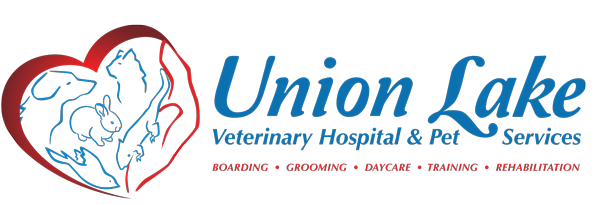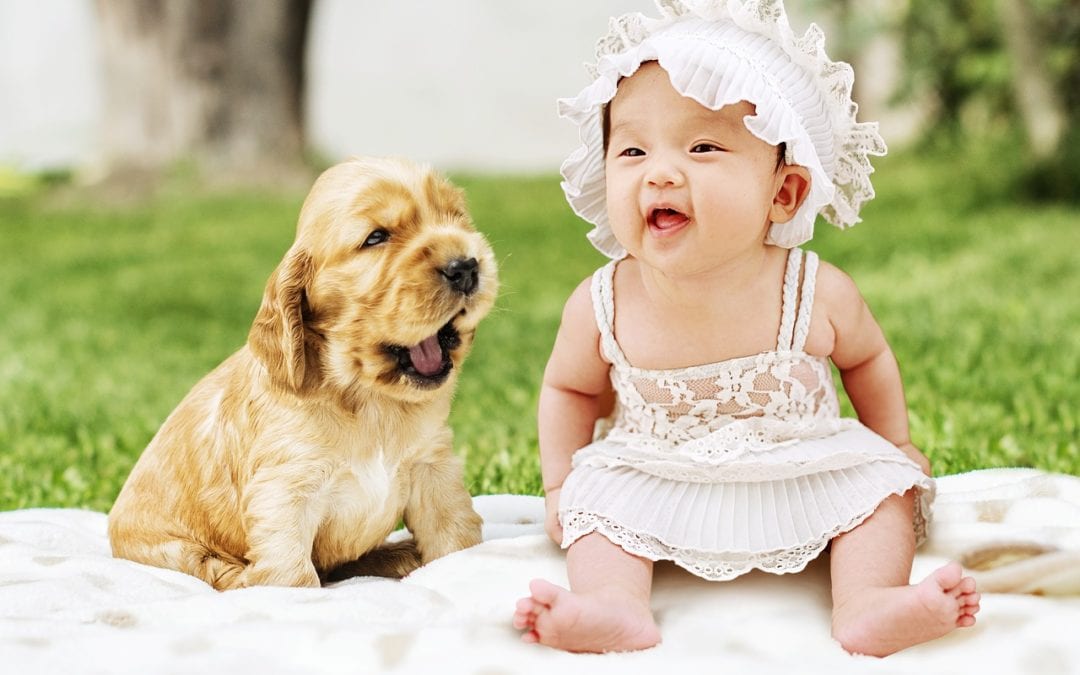Kids and Dogs: Safe Best Friends
We love our kids and want to look out for them, and the same goes for our family pets. Making sure they’re both happy and healthy is a big part of a parent’s (and pet parent’s) life. What we sometimes forget is how much stress a child can be to our furry pals, and that even the friendliest dogs have their limits.
The first thing to know about having kids and dogs is to understand everyone’s role and how to safely interact and play. If a dog becomes aggressive around a family member, it definitely requires intervention. From learning the signs and paying attention to our dog’s signals, we can better teach our kids the right way to interact with our pups.
Some Common Misconceptions
When it comes to all of those adorable pictures of doggos out there, it is easy to find several that depict kids and dogs. In most of these images, you’ll like see a child or newborn lying across the back of a dog or a kid hugging a dog at eye level. While this makes for cute photography, it is an unfortunate assumption that these behaviors are safe.
The other big misconception that most pet lovers believe is that our beloved family dog is incapable of acting aggressively toward anyone, much less the youngest member of the family. When a pet becomes fearful or anxious, whether that means that a favorite food, toy, or naptime was interrupted, it is common for a dog to react with warning signs. Usually, this is first seen in body language and growling.
So, with these misconceptions exposed, what can we do to keep both your kids and pet safe?
Teaching Your Child
You know it is true; dogs and kids are all about having fun, and they love to play together. There is nothing wrong with a game of fetch or a tummy-rub, but context and the specific form of play are key.
In teaching your child the correct way to interact with the family dog, here are do’s and don’ts to be aware of:
DON’T:
- Allow your children to play with your dog during his mealtime
- Grab favorite toys or treats away from the dog
- Let kids sit at eye level with your pet, or put their face in the dog’s face
- Rouse the family dog during his or her naps
- Grab tails, ears, or roughhouse in any way
- Let kids lie on the dog
- Scream or speak loudly around pets
- Give your dog a big hug (usually pets do not appreciate this like we do)
DO:
- Learn the signs when your dog is anxious and teach your child to recognize them
- Teach your children how to be gentle, such as with brushing and petting
- Supervise your children with the dog if your kids are young
- Train your dog to associate their interactions with children as rewarding and positive
- Play kid friendly, age appropriate activities, such as fetch, hide-and-seek, and walking
- Teach your children to use a softer tone of voice when speaking to pets or around pets (vs screaming)
The Well-being and Happiness of Dogs and Kids
Any child will want to snuggle with the family dog and it’s likely Fido will be more than willing to get the love and attention. But, remember that every dog has his limits. Getting to know these is something every responsible parent should do and put into practice with the youngest family members. Avoiding bites and other injuries relies on prevention.
These are just guidelines and every dog is different. The most important thing is to teach your children how to safely interact with the family’s best four-legged friend. Your family dog will definitely approve! At Union Lake Pet Services, we are here if you have any questions or to help you navigate the challenges and rewards of having dogs and kids.

